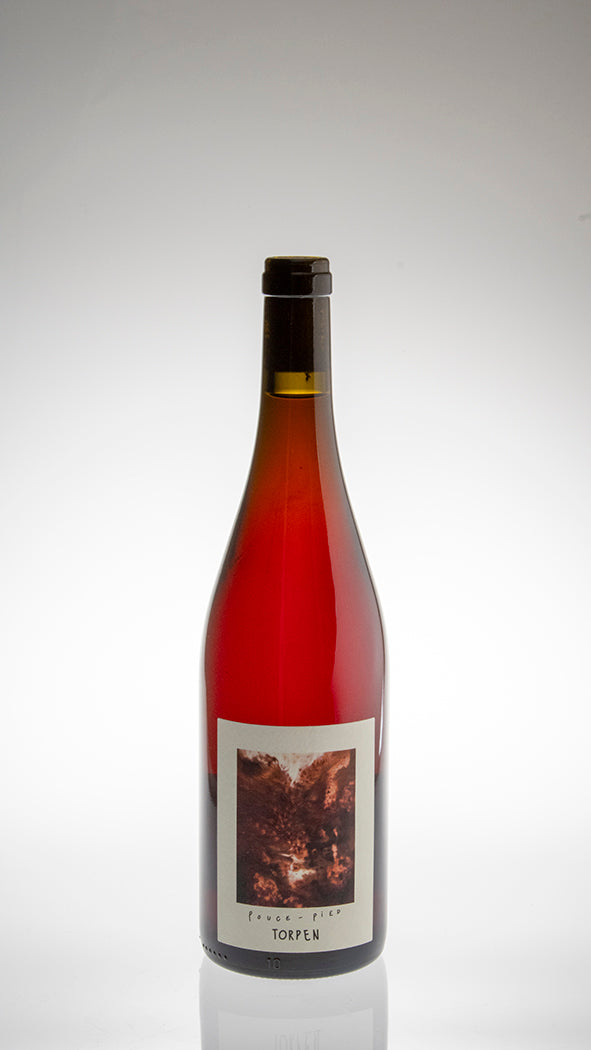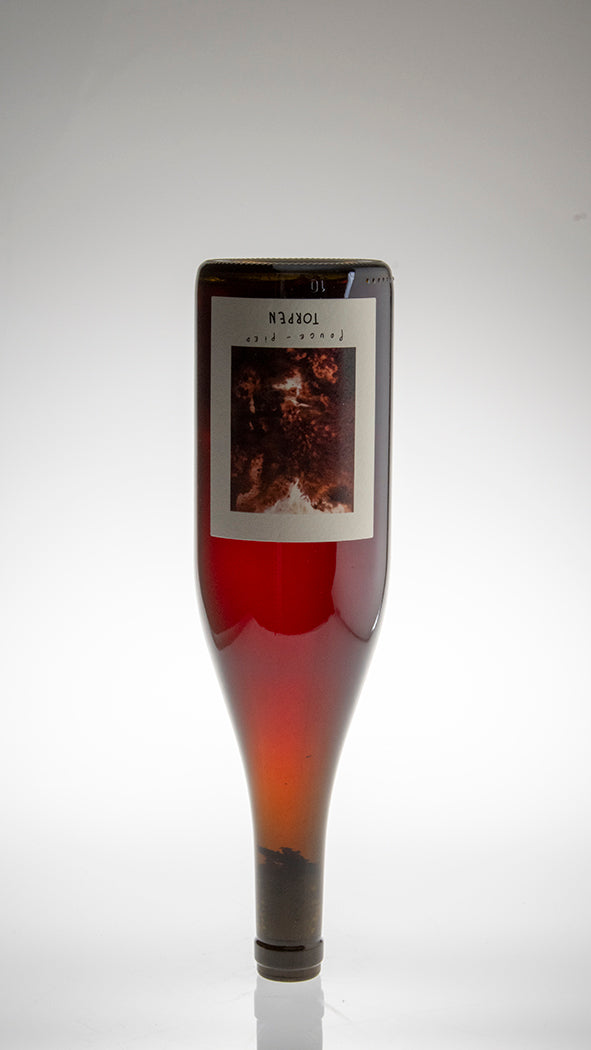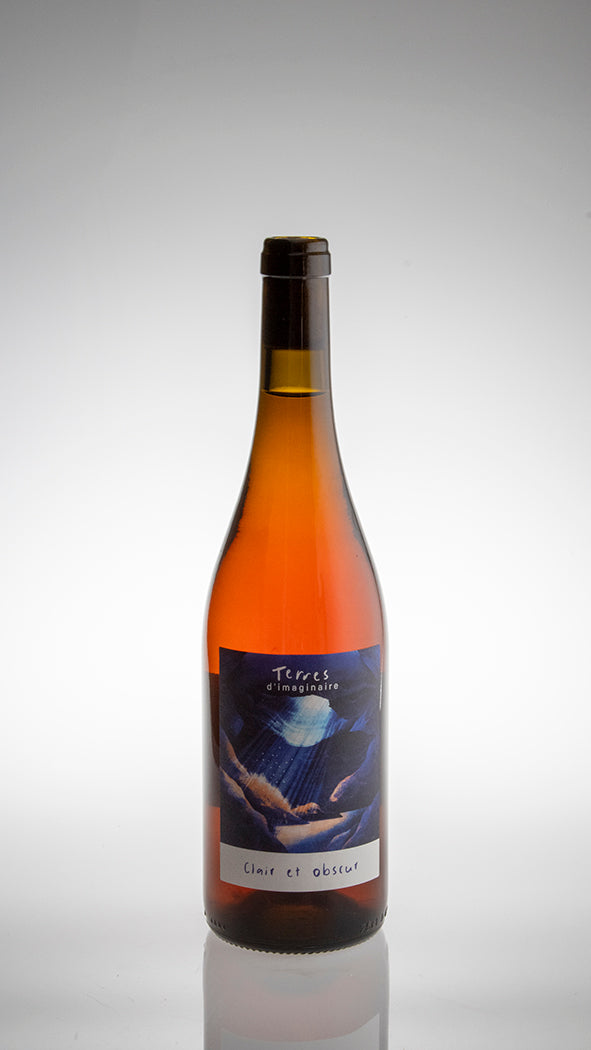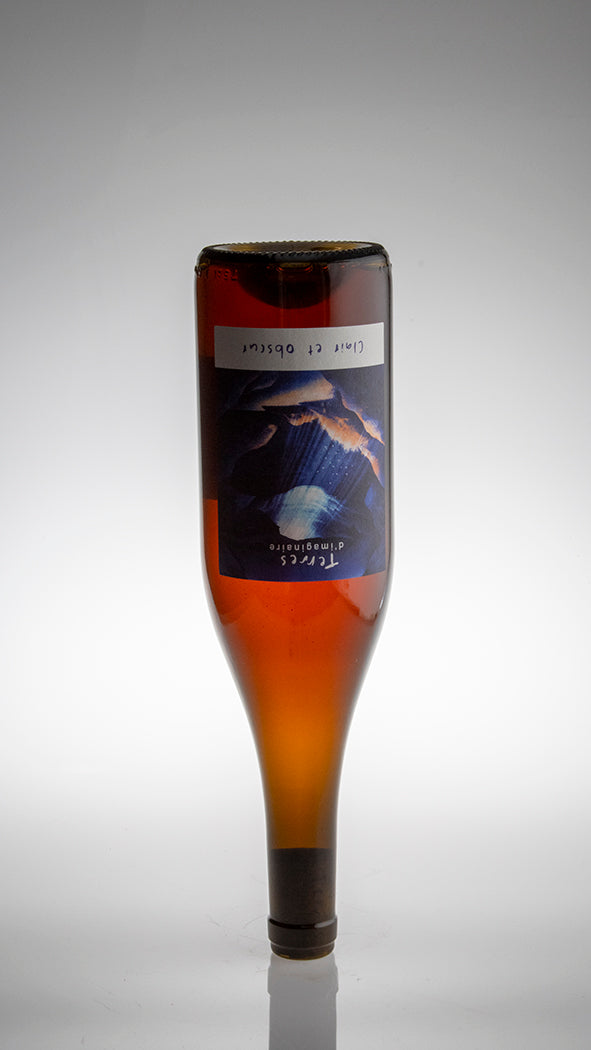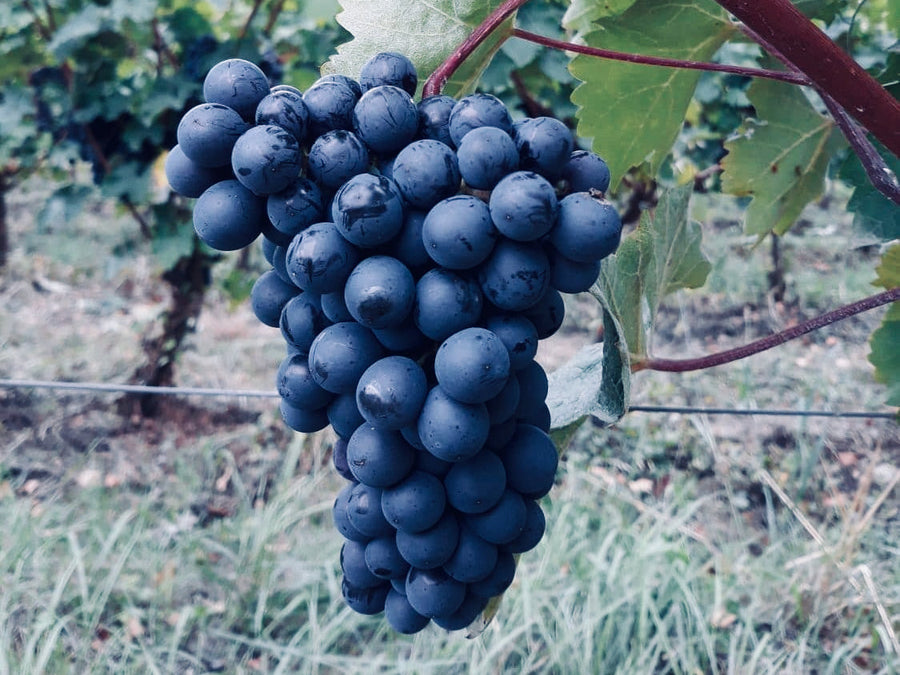
Pineau d’Aunis is a historic red grape native to the Loire Valley, especially around the regions of Anjou and Touraine. Its name comes from the priory of Aunis near Saumur, where the grape was likely cultivated as early as the Middle Ages. For centuries, it was one of the most planted varieties in the region and was even favoured by French royalty.
Over time, its popularity declined, and today it is grown only in small quantities—mostly by dedicated producers who value its character and heritage. Despite its modest presence, it is seeing renewed interest among natural and small-scale winemakers for its distinctiveness and link to the past.
Pineau d’Aunis is a relatively hardy grape, well-suited to the cooler, wetter climate of the central Loire. In the vineyard, it requires careful attention due to its tendency to ripen late and its sensitivity to disease. It is usually grown in clay, limestone, or flinty soils, where it can express the minerality of the region clearly.
Globally, Pineau d’Aunis is grown on approximately 400 hectares, nearly all of which are found in the Loire Valley—particularly in appellations such as Coteaux du Loir, Jasnières, and Touraine. Very small experimental plantings exist outside France, but it remains a distinctly local variety.
Though never widely exported or planted beyond France, Pineau d’Aunis has a loyal following and plays an important role in preserving the diversity of old Loire grape varieties.
Read More


